Lady in carnival costume, mask, mouches and tremblants – c. 1730, French school, circle of C.-A. Coypel
Oil on canvas, original canvas
Dimensions: 56 × 47 cm (unframed); 66 × 56 cm (framed)
Gilded wooden frame, 19th century
Period: Rococo
Portrait of a court lady in carnival attire, attributable to the French school of the 1730s. The costume, the ornaments, and the pose reflect the codified art of aristocratic disguise in the 18th century.
The face is adorned with multiple mouches, placed according to the refined codes of galant coquetterie. The short hairstyle is enriched with flowers, aigrettes, and tremblants—delicate jewels on springs designed to shimmer with movement.
Accessories include a small black mask held gracefully, a velvet ribbon set with stones around the neck, and large girandole earrings, typical of Rococo fashion.
The facial structure shows clear affinities with the portrait of Charlotta Fredrika Sparre by Donat Nonnotte, now at the Nationalmuseum: same balanced oval, same restrained elegance.
This is not a portrait of escapism, but a deliberate construction of roles and desires, expressed through a pictorial language that combines grace and intelligence.






























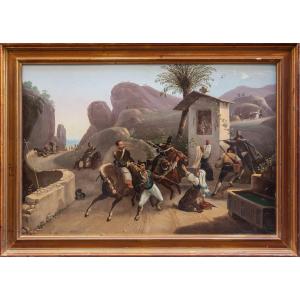
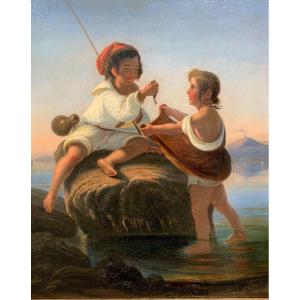



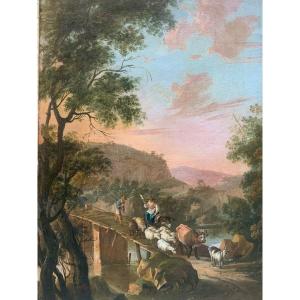



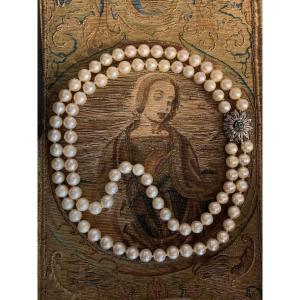





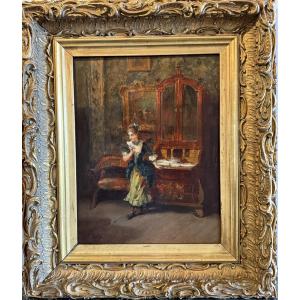




 Le Magazine de PROANTIC
Le Magazine de PROANTIC TRÉSORS Magazine
TRÉSORS Magazine Rivista Artiquariato
Rivista Artiquariato